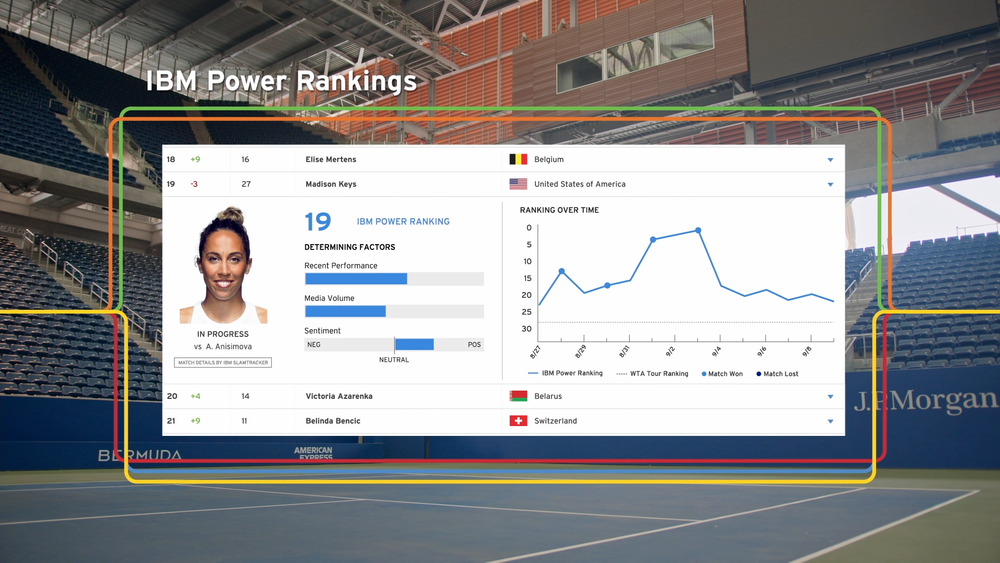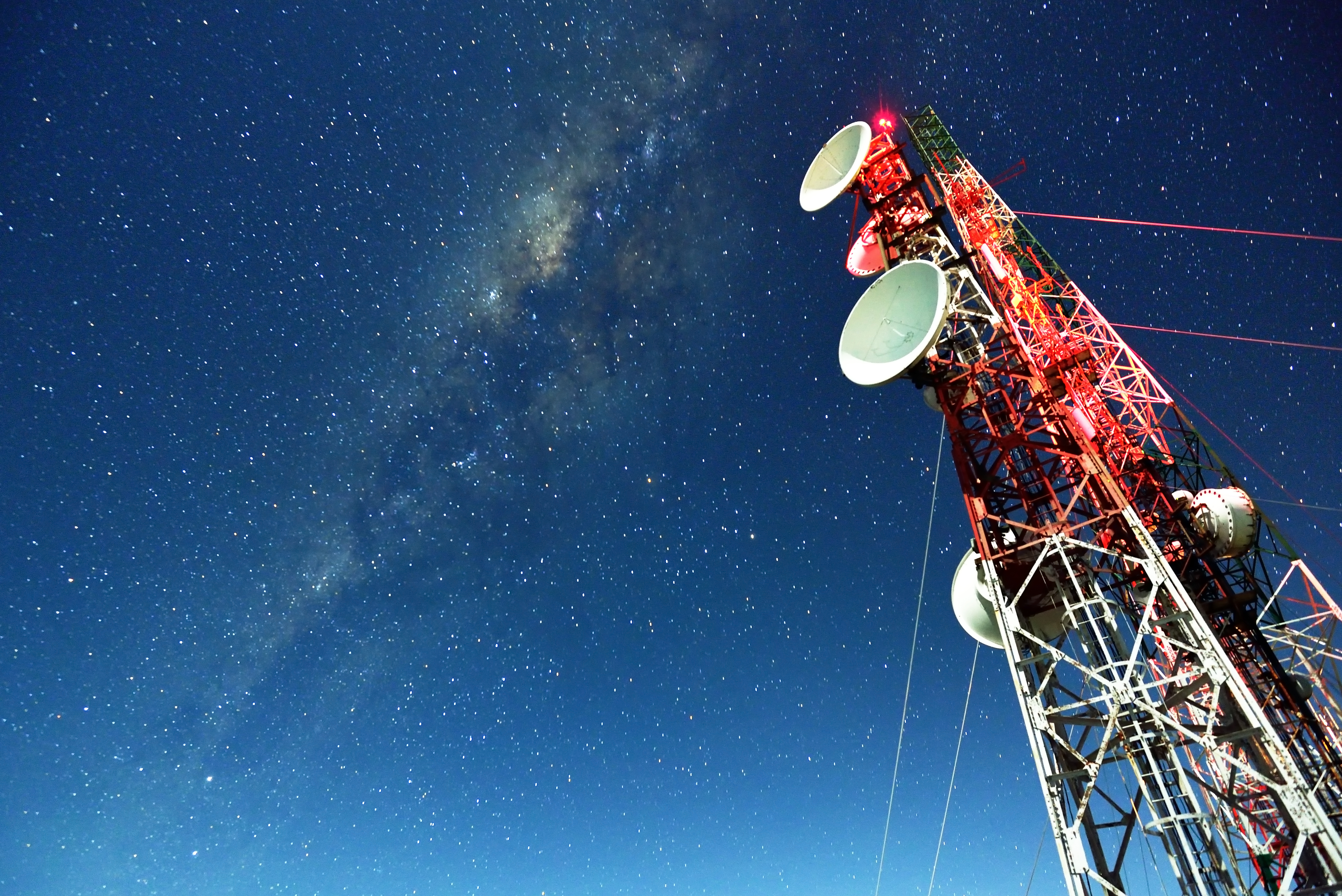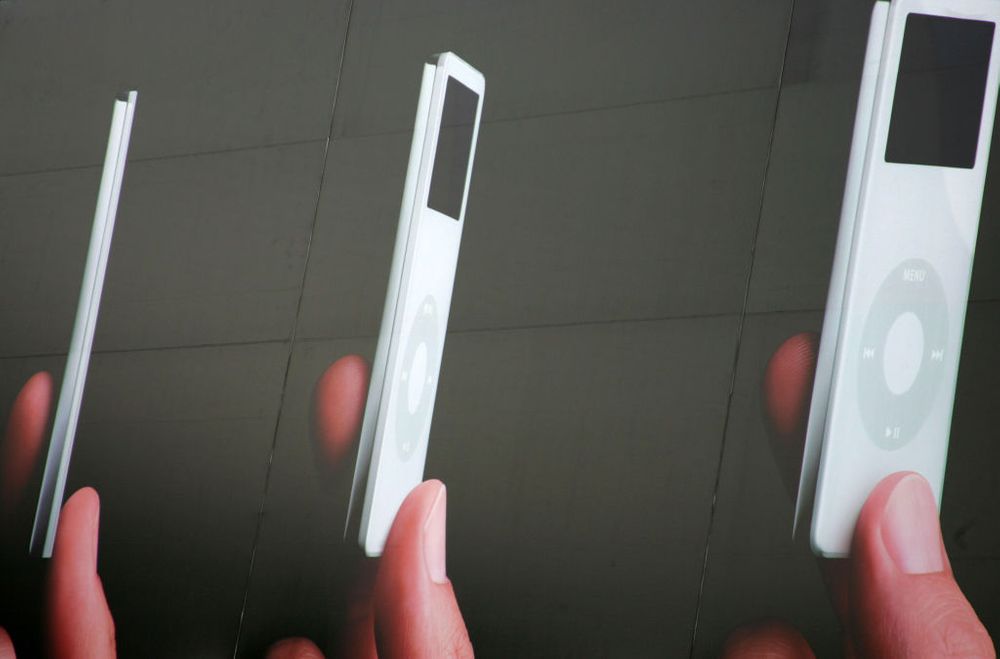|
Welcome back. Hope everyone in the US had a restful Labor Day weekend, and Shana tova to those who celebrate.
In today’s edition:
 AI + tennis AI + tennis
 Screening algorithms Screening algorithms
 5G check-in 5G check-in
—Hayden Field, Jordan McDonald
|
|
|
IBM
|
IBM Watson’s got a new job—as a bookie.
The AI system may not be taking bets or paying out winnings, but for the first time ever, it’s making its own daily player rankings and predictions at the US Open. Watson has a longstanding presence at the national tennis tournament, but in the past, it has focused on more straightforward tasks, like generating factsheets about players and summaries of major tennis debates.
IBM’s choice to spin the work forward into public player rankings represents a step forward in the mainstreaming of natural language processing (NLP)...and the industry’s increasing confidence in the tools.
How the tech stacks up
Each day during the annual tournament, which runs from August 24 to September 12, Watson is churning out a new iteration of its leaderboard. The process, which the company introduced at Wimbledon last month, is fueled by both statistical analysis and NLP (part of Watson Discovery).
How it works: There are two main ingredients for determining who comes in first, last, and everything in between: structured data (e.g., player performance specs) and unstructured data (e.g., media commentary).
For the latter, Watson uses NLP to gauge whether trusted news sources—like ESPN, Tennis Channel, and USOpen.org—are publishing positive or negative sentiments about a player.
-
Case study: Articles have mentioned that Ashleigh Barty, an Australian tennis player, is “weary” or “exhausted” after spending five months away from home, sentiments which likely affected Watson’s ranking.
As far as structured data, more than 100,000 different statistics go into determining a player’s exact ranking throughout the tournament, Tyler Sidell, a technical program manager at IBM, told Emerging Tech Brew.
Examples include win velocity (how quickly a player beats their opponent), margin of victory (how close the win was), injury status, and more. IBM declined to share how the factors are weighted by the algorithm.
-
Case study: Ahead of Friday’s match between Japanese tennis pro Naomi Osaka—the defending US Open champ—and 19-year-old Canadian upstart Leylah Fernandez, Watson ranked Osaka #9 and Fernandez #32. But Fernandez stunned both the crowd and the algorithm, besting Osaka in the third round.—HF
|
|
|
HalcyonMarine / Pixabay
|
In this week’s episode of Overhyped AI: When used to detect breast cancer in mammography screenings, algorithms reportedly fall short in a big way—in nearly all cases, they’re less accurate than a radiologist. That’s according to a systematic review conducted by UK researchers and published in The BMJ, a peer-reviewed medical journal.
Remember…Tech media and professionals have repeatedly pointed to radiology as one of the medical subfields most susceptible to automation.
Let’s break it down
Researchers at the University of Warwick looked at 12 studies reporting the accuracy of AI in detecting cancer in digital mammograms. The studies were conducted between 2010 and 2021, and all together, they included 130,000 screened women.
The results: Not good. Out of the 36 AI systems examined, 94% were less accurate than a single radiologist. And it gets worse: 100% of the AI systems were less accurate than two or more radiologists working together.
- Five of the smaller studies the researchers looked at—totaling ~1,000 women’s screenings—reported AI systems that bested radiologists, but the researchers found the studies’ favorable results weren’t mirrored in more comprehensive examinations.
“Current evidence for AI does not yet allow judgement of its accuracy in breast cancer screening programs, and it is unclear where on the clinical pathway AI might be of most benefit,” the researchers wrote.
Big picture: AI is far from fail-proof, and when used in medical applications, strict oversight of algorithmic systems is even more important—for bias, blind spots, and potential life-or-death harms.—HF
|
|
|
|
Only when it’s created by accountants for accountants. Turns out, when you take a closer look at all the benefits a well-made solution has for businesses (and their employees), accounting software can be, dare we say, cool.
Specifically, we’re referring to FloQast. It’s the accounting workflow automation software designed by accountants for accountants to facilitate communication, improve transparency, ensure accuracy, and streamline crucial processes like the classic month-end close.
FloQast helps accounting teams cut three business days or more each month from their month-end close process, and it can be implemented in a matter of days—which is pretty darn cool.
They help out with the nitty gritty of the monthly close, so your accounting team can focus on more important things like the strategic stuff.
Learn more about FloQast today.
|
|
|
Getty/Nora Carol Photography
|
Despite five years of hype surrounding 5G implementation and countless cellular company commercials touting “the best 5G network around,” US 5G coverage is inconsistent. And many Americans don’t know what 5G is or what it does.
That’s according to separate new reports from Opensignal and YouGov, which together paint a picture very different from company fanfare.
First up, coverage...Opensignal’s report, which pooled data from all 50 states and 250 cities, revealed that coverage is highly variable depending on where you are.
- The states with the overall best active 5G connection were Illinois and Texas, where users had an active 5G connection 27% of the time. Nevada, New Jersey, Hawaii, and Rhode Island tied for third, maintaining a connection around 26% of the time.
- New York sported the fastest average download time (114 MBps) and was the only state to break the three-digit mark. (The average US 4G connection is 18.1 MBps.)
- As far as cities go, McAllen, Texas, had the most reliable 5G connection (available 34.1% of the time), while Utica, NY, had the worst (10.8%). Laredo, TX (130.7 MBps), had the best download speeds and Hagerstown, Maryland (34.3 MBps), was the most sluggish.
Next, consumer perception…According to an April 2021 YouGov poll, one in five US adults (20%) have not heard of 5G coverage at all. Additionally, among those who have heard of 5G, 27% are unsure what it will be useful for, and 15% explicitly think it won’t be useful at all.
Big picture: 5G’s rollout has been anything but uniform, with cities more likely to have access than suburban and rural areas. And beyond geography, coverage varies significantly carrier to carrier. PCMag recently did a nationwide 5G speed test and found that, in general, T-Mobile has the best coverage, but in some smaller cities, it performed worse than Verizon and AT&T.—JM
|
|
|
|
Stat: 99% of Fortune 500 companies and 75% of the US employers algorithmically screen job applicants, per a new Harvard study—and the software has filtered out more than 10 million potential employees.
Quote: “[W]e’re starting with a trust deficit that we need to compensate.”—David Marcus, who is heading up Facebook’s digital wallet project Novi, to Axios
Read: The making of the tech workers’ movement (happy belated Labor Day).
High fives for high yields: With TransparentBusiness, you can earn up to 20% a year with their High Yield Notes (aka: a higher rate than with most fixed-income instruments). Click for more info.*
*This is sponsored advertising content
|
|
|
|
We’re not saying go full Canadian tuxedo but...If your fall wardrobe could use a refresh, look no further than the men’s and women’s denim experts at Madewell. They use premium fabric and the latest denim technology to make super comfy, never-want-to-take-them-off jeans in fits and styles for everyone. What’s even better? Madewell’s jeans are made with sustainable materials in Fair Trade factories. Get $20 off a pair of full-price denim with code BREW20.
|
|
-
El Salvador officially accepts bitcoin as legal tender, as of yesterday.
-
Toyota will spend $13.6 billion on EV battery tech over the next decade.
-
Facebook’s AI put the label “primates” on a video of Black men. Google’s image-labeling AI made a similar mistake in 2015.
-
SMIC, China’s leading chipmaker, is building a ~$9 billion semiconductor plant outside of Shanghai.
-
Ford hired away Doug Field, the head of Apple’s hush-hush car project.
-
Cohere, a Google alum-founded startup that aims to make large language models more broadly accessible, raised a $40 million Series A.
|
|
|
Joel Saget / Getty Images
|
16 years ago (nearly to the day!) Apple released the first generation of the iPod nano, its pocket-friendly complement to the iPod classic.
As Recode points out, Apple never reported sales by specific iPod model, but the company touted the nano as its star child. That is, until the iPhone was released three years later.
- The nano was ultimately discontinued in 2017.
|
|
|
Over the long weekend, the New York Times got in on the crypto craze and published a visual-heavy analysis of bitcoin’s energy consumption. Two key findings:
- It now takes the equivalent of nine years of an average household’s electricity to mine a single bitcoin. In 2009, it took a few seconds to mine one coin.
- Bitcoin mining now uses seven times as much electricity as Google’s global operations.
|
|
|
Enjoying the newsletter? Share it with your network to take advantage of our rewards program.
When you reach 3 referrals, you'll be invited to Monthly Exclusive Events with our co-founder Alex and the biggest names in business.

Hit the button below to learn more and access your rewards hub.
Click to ShareOr copy & paste your referral link to others:
morningbrew.com/emerging-tech/r/?kid=303a04a9
|
|
|
Written by
Dan McCarthy, Hayden Field, and Jordan McDonald
Was this email forwarded to you? Sign up here.
|
ADVERTISE // CAREERS // SHOP // FAQ
Update your email preferences or unsubscribe here.
View our privacy policy here.
Copyright © 2021 Morning Brew. All rights reserved.
22 W 19th St, 8th Floor, New York, NY 10011
|
|











